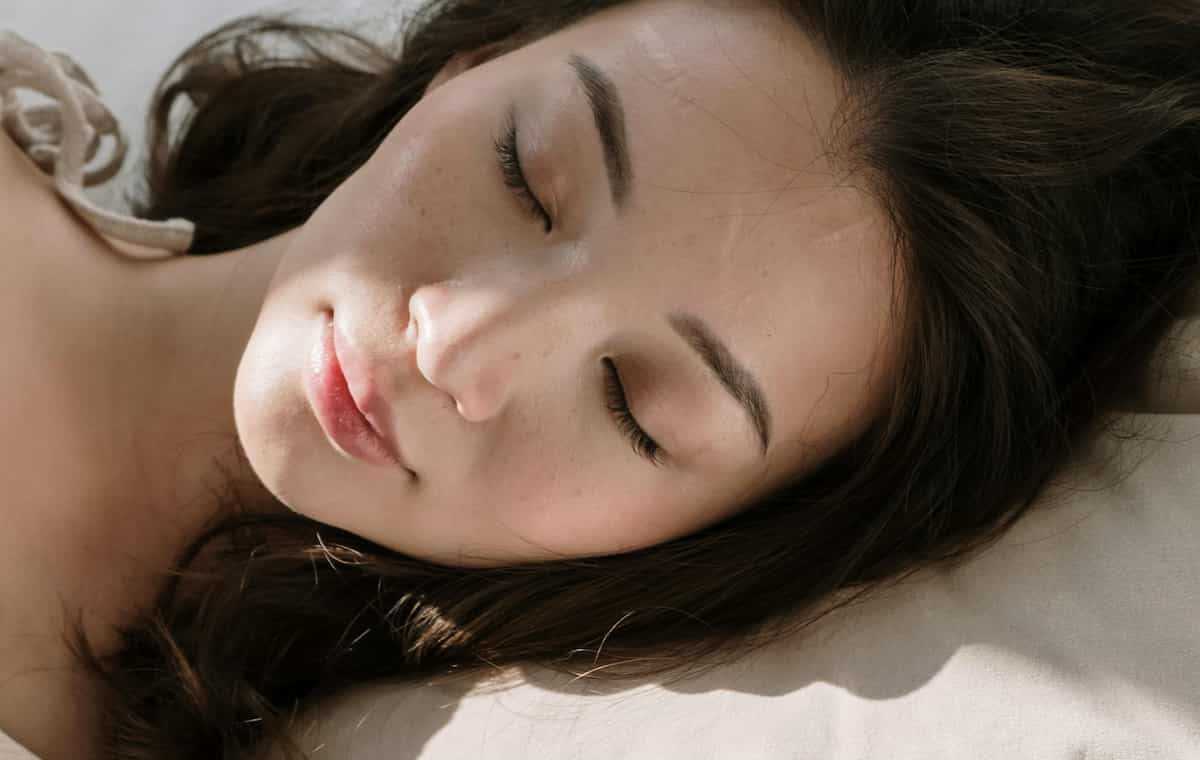Sleep disorders affect millions of people globally, disrupting rest and reducing quality of life.
Overview of sleep disorders
Sleep disorders refer to conditions that prevent restful sleep or cause excessive daytime drowsiness.
They affect physical health, mental well-being, and daily functioning.
Poor sleep quality can lead to increased risks of heart disease, obesity, and mental health issues such as depression.
Common symptoms include difficulty falling asleep, frequent awakenings, and chronic fatigue.
These disorders can be short-term or chronic, with varying degrees of severity.
Understanding the scope of sleep disorders helps in recognising their importance for overall health.
Common types of sleep disorders
Many different sleep disorders affect people of all ages.
Some of the most prevalent include:
- Insomnia: Difficulty falling or staying asleep.
- Sleep apnea: Interrupted breathing during sleep.
- Restless legs syndrome (RLS): Uncontrollable urges to move the legs.
- Narcolepsy: Sudden sleep attacks during the day.
- Circadian rhythm disorders: Misalignment of sleep-wake cycles with the environment.
Other less common but significant sleep disorders are:
- Parasomnias: Unusual behaviours during sleep, such as sleepwalking and night terrors.
- Hypersomnia: Excessive daytime sleepiness not related to poor nighttime sleep.
Each disorder presents unique challenges and requires specific management strategies.
Recognising the differences helps in tailoring effective interventions.
Causes, risk factors, and symptoms
Sleep disorders result from a variety of causes and risk factors.
Key contributors include:
- Medical conditions: Chronic pain, asthma, or heart disease.
- Mental health issues: Anxiety and depression.
- Lifestyle habits: Irregular sleep schedules, poor diet, and caffeine use.
- Environmental factors: Noise, light, and temperature affecting sleep.
- Genetic predispositions: Family history of sleep disorders.
Certain behaviours, such as late-night screen use and consuming stimulants, exacerbate sleep problems.
Symptoms vary depending on the condition but often include:
- Insomnia: Difficulty initiating or maintaining sleep.
- Sleep apnea: Loud snoring and episodes of breathing cessation.
- Restless legs syndrome: Discomfort and an urge to move the legs.
- Daytime fatigue: A common sign of disrupted sleep.
Identifying the symptoms early is essential for effective treatment.
Diagnostic approaches
Sleep specialists use various methods to diagnose sleep disorders.
Common diagnostic techniques include:
- Polysomnography: A comprehensive sleep study measuring brain activity, breathing, and heart rate.
- Actigraphy: Monitoring movement to assess sleep patterns.
- Home sleep tests: Used primarily for detecting sleep apnea.
Additional diagnostic methods involve questionnaires, such as the Epworth Sleepiness Scale, to gauge daytime drowsiness.
A detailed medical history and symptom diary can also aid in diagnosis.
Family involvement in reporting symptoms, especially in children, enhances diagnostic accuracy.
Treatment and management strategies
Effective management depends on the type and severity of the sleep disorder.
Common treatment options include:
- Lifestyle modifications: Establishing a consistent sleep routine and avoiding stimulants.
- Cognitive behavioural therapy (CBT): Addressing negative thoughts and behaviours affecting sleep.
- Medications: Prescribed drugs to manage insomnia or other conditions.
- Medical devices: Continuous positive airway pressure (CPAP) machines for sleep apnea.
Additional approaches include:
- Relaxation techniques: Meditation and deep-breathing exercises.
- Light therapy: Used for circadian rhythm disorders.
- Sleep hygiene education: Teaching proper bedtime habits.
Combining multiple approaches often yields the best results.
Long-term success requires patient adherence to recommended strategies.
Economic and societal impact
Sleep disorders have widespread economic and social consequences.
Healthcare costs rise due to increased medical consultations and treatments.
Workplace productivity declines as employees struggle with fatigue and reduced concentration.
Sleep deprivation also contributes to road accidents and safety issues.
Chronic sleep problems can lead to increased absenteeism and reduced performance in schools.
Addressing these disorders can lead to significant public health improvements.
Employers benefit from promoting better sleep health among their workforce.
Age-specific considerations
Sleep disorders manifest differently across age groups.
- Children and adolescents: Often experience night terrors or delayed sleep phase syndrome.
- Older adults: Frequently suffer from insomnia or reduced sleep efficiency.
New parents often face disrupted sleep patterns, impacting both their health and productivity.
Tailored interventions are crucial for managing age-specific sleep issues effectively.
Technological advancements in sleep health
Modern technology offers new solutions for diagnosing and managing sleep disorders.
Examples include:
- Wearable devices: Track sleep duration and stages.
- Telemedicine: Enables virtual consultations with sleep specialists.
- Smart home tools: Adjustable beds and sleep environment monitors.
Emerging innovations, such as brain stimulation, are also being explored.
Mobile apps now offer guided sleep meditations and habit-tracking tools.
Despite technological advances, professional diagnosis remains essential.
Preventive strategies and public health initiatives
Preventing sleep disorders requires awareness and proactive habits.
Some strategies include:
- Promoting sleep hygiene: Maintaining a regular bedtime and creating a restful environment.
- Educational campaigns: Increasing public understanding of sleep health.
- Workplace policies: Encouraging breaks and flexible schedules to promote better rest.
Public health measures can include reducing noise pollution in residential areas.
Investing in prevention reduces the long-term burden on healthcare systems.
Community programmes that emphasise healthy sleep are gaining traction.
Future directions in sleep disorder research
Research continues to unlock new insights into sleep health.
Key areas of exploration include:
- Ageing and sleep: Investigating how to preserve sleep quality in older populations.
- Genetic influences: Understanding hereditary factors affecting sleep patterns.
- Artificial light exposure: Studying its impact on circadian rhythms.
- Impact of diet and nutrition: Exploring how food choices affect sleep quality.
Future advancements will enhance treatment options and improve overall sleep health for society.
Collaboration between neuroscientists, psychologists, and technologists will drive innovation.
Expanding access to sleep research and education helps communities prioritise better rest.










